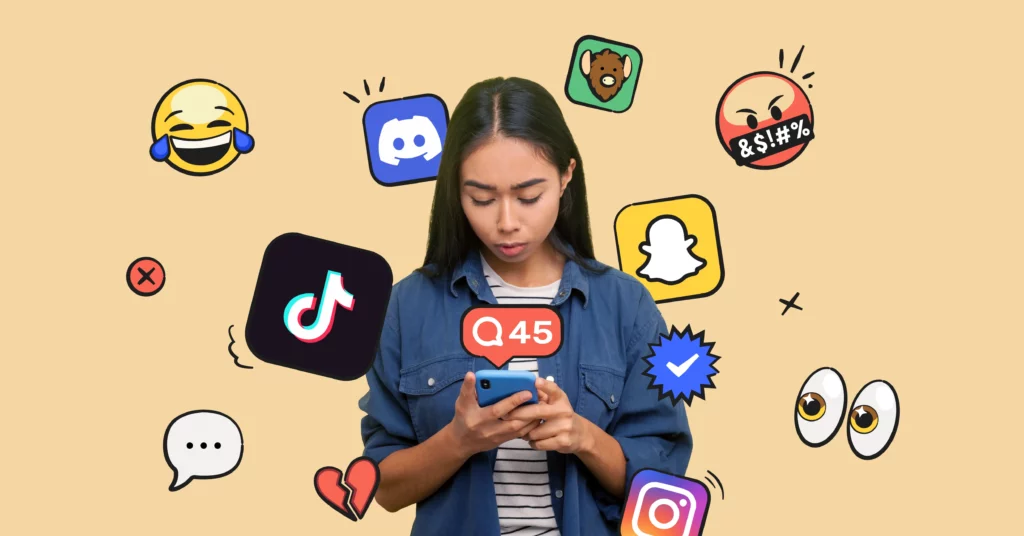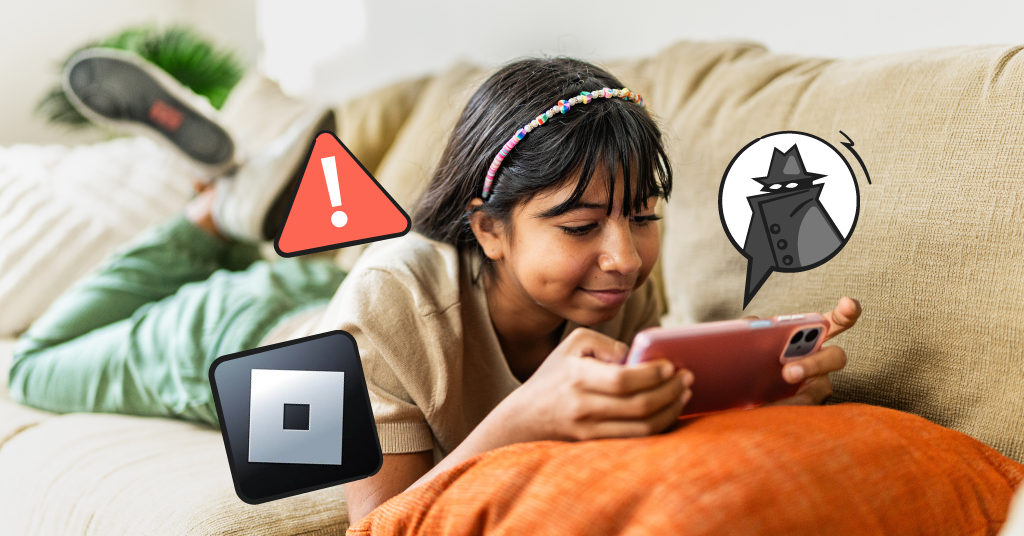
Dr. Vivek Murthy, the U.S. surgeon general, has issued an important advisory sounding the alarm about the state of kids, social media, and mental health this week.
As any parent of a tween or teen knows, things aren’t great right now — and haven’t been for a while. Let’s get into what parents need to understand about this report.
What Is a Surgeon General’s Advisory?
The surgeon general is the nation’s top doctor, and their job is to provide Americans with the best scientific information available on how to improve health and reduce risk of illness and injury.
Advisories are serious business — they’re meant to call attention to an urgent public health issue and provide recommendations for how it should be addressed. Just how serious is this one? It’s in the same company as legendary advisories against:
- Smoking cigarettes
- Violence on TV and in video games
- Obesity
- Gun violence
- Drunk driving
These warnings can often trigger a sea change in habits and behavior, which is a good thing.
10 Takeaways from the Surgeon General’s Advisory on Social Media
1. Kids are using social media almost constantly.
This will probably come as no surprise to most parents, but the details are a little heartbreaking. The report gives the following stats that show just how embedded social media is into the fabric of young people’s lives:
- Up to 95% of youth ages 13–17 report using a social media platform
- 8th and 10th graders now spend an average of 3.5 hours per day on social media
- More than a third state they use social media “almost constantly.”
- Even though 13 is the minimum age for most platforms, nearly 40% of children ages 8–12 have accounts.
2. While there are some benefits of social media, the dangers far outweigh them.
We all learned this firsthand during the pandemic — online connections through social media, gaming, and messaging platforms can be a lifeline for people to stay in touch, especially for young people and members of minority groups. But as we’ll see, the risks are too high too ignore for the sake of easy communication.
3. Teen and tween brains are incredibly vulnerable to social media.
Risk-taking behaviors (which can include online activities like sending nudes and bullying) reach their peak when kids are ages 10 to 19. This is also when mental health challenges such as depression typically emerge.
On top of all this, the teen years are when kids are forming their identities, and when they’re most susceptible to peer pressure and outside influences. When you put all these together, they demonstrate why social media is such a dangerous threat.
The American Psychological Association recommends that parents monitor their child’s social media use between the ages of 10 and 14 — especially when it comes to potential harmful content that kids are seeing.
4. Scientific studies clearly show that more social media = more damage
The report cites a study that found kids who spent more than 3 hours a day on social media faced double the risk of experiencing poor mental health outcomes including symptoms of depression and anxiety. Now think about the kids who are spending 6, 9, even 12 hours a day online. The damage could be immeasurable.
5. What kids are seeing (and experiencing) online is actively harming them.
Like with the depression and anxiety that kids are experiencing, social media is also exposing kids to incredibly harmful content like violent and extremist propaganda, videos about disordered eating, and more.
One extremely chilling form of content that algorithms in particular have been known to show revolves around self-harm and suicide. This is incredibly dangerous as suicide is currently the second-leading cause of death for 10- to 14-year-olds.
6. Social media platforms purposely design their apps with features that addict kids.
Some researchers think that social media can overstimulate the reward center in a child’s brain and can form neural pathways like those found in addiction. Small studies have even shown that people with problematic social media use have changes in brain structure like people with drug or gambling addictions,
7. Adolescent girls and transgender youth are disproportionately impacted by online harassment and abuse
Predatory behavior on social media is rampant. Nearly 60% of adolescent girls have stated that they’ve been contacted by strangers on social media platforms in manners that make them feel uncomfortable.
8. Parents can take tangible steps to help protect their kids.
All’s not lost yet — parents and guardians can step in to set healthy boundaries. In addition to monitoring, families are encouraged to:
- Create a family tech contract to set rules and expectations.
- Make tech-free zones and times around the house.
- Set a good example with tech use by being responsible.
- Teach kids about tech use and proper behavior.
- Report instances of bullying and online abuse.
9. Tech companies are being put on notice for how to address these problems but not currently held accountable.
As we’ve seen, the onus can’t only be on parents – not when tech companies have more leverage and the funds to address problems on the front end. The report calls on them to produce more research into negative effects, provide more controls for parents, and to actually enforce age minimums.
10. We don’t have the luxury of waiting years until we know the full extent of social media’s impact.
We’re the first generation of parents raising kids with this unprecedented technology, and it will take a while to actually determine what the long-term effects are. But we can’t wait to act. Even the limited knowledge we’ve gained so far is showing that they probably won’t be good.
Bark Can Help You Manage Your Kid’s Social Media and More
Staying actively involved in your child’s online world is a non-negotiable in the wake of this advisory. Fortunately, Bark is here to help parents! Founded by a dad of two, our parental controls put you in the driver’s seat when it comes to your child’s tech use.
Monitoring
Bark scans texts, emails, and 30+ of the most popular apps and social media platforms for issues like bullying, online predators, suicidal ideation, sexual content, and more.
Bark’s content monitoring features let you:
- Receive alerts if your child encounters porn, cyberbullying, drugs, online predators, and more
- Get key insights into your child’s online world so you can support them as they navigate technology
- Be alerted about inappropriate emojis and slang terms your kid uses
- Much more!
Blocking
Our web filter lets you select exactly what your kid can access on their devices. You can block specific sites and apps or even whole categories like streaming services, online gaming, sexual content, and more.
Screen time
These days, it’s more important than ever for kids to have time to disconnect from their devices and spend some time connecting with friends, picking up a new hobby, or just (gasp) being bored.
Bark helps you set screen time rules that will help you care for your child’s overall well-being. Who knows? They might just end up discovering a new passion thanks to a couple of hours a week set aside for screen-free activities.
Get Started Today
We have an entire suite of products available to help families, and you can learn more about everything over on our products page. You can also start a free, 7-day trial of our Bark Premium app to see how Bark can help your family.
Read more
Bark helps families manage and protect their children’s digital lives.





